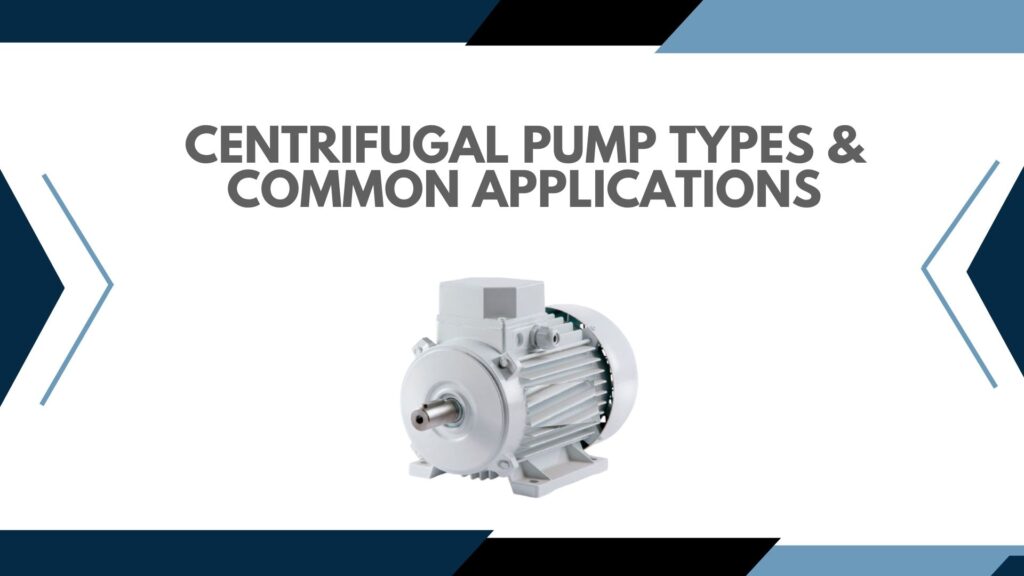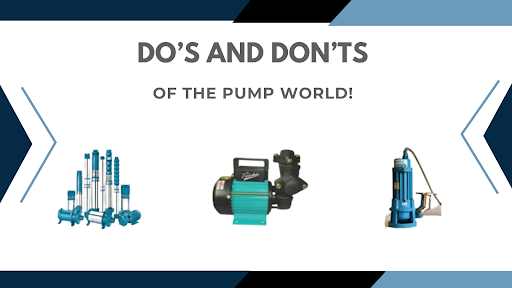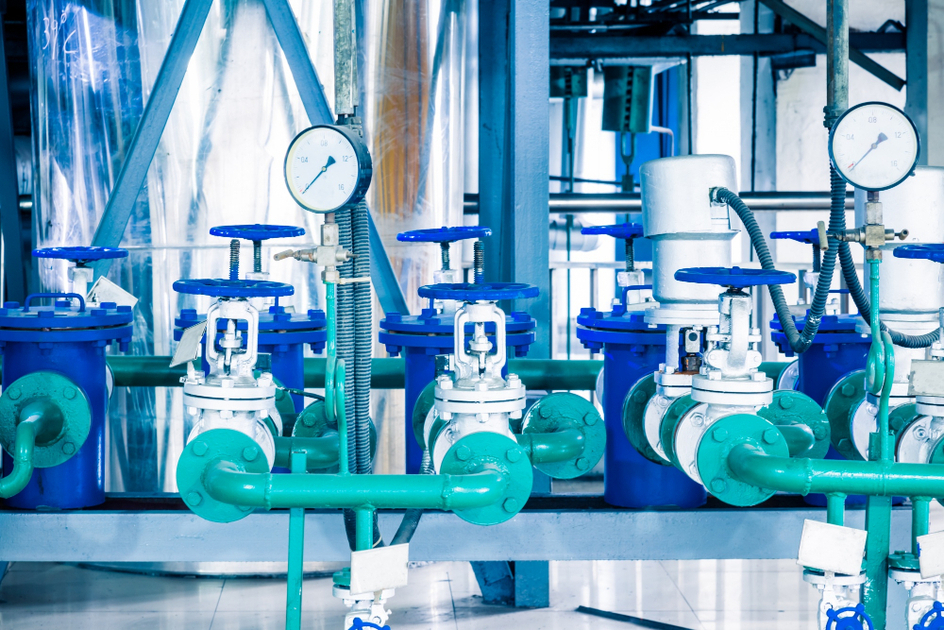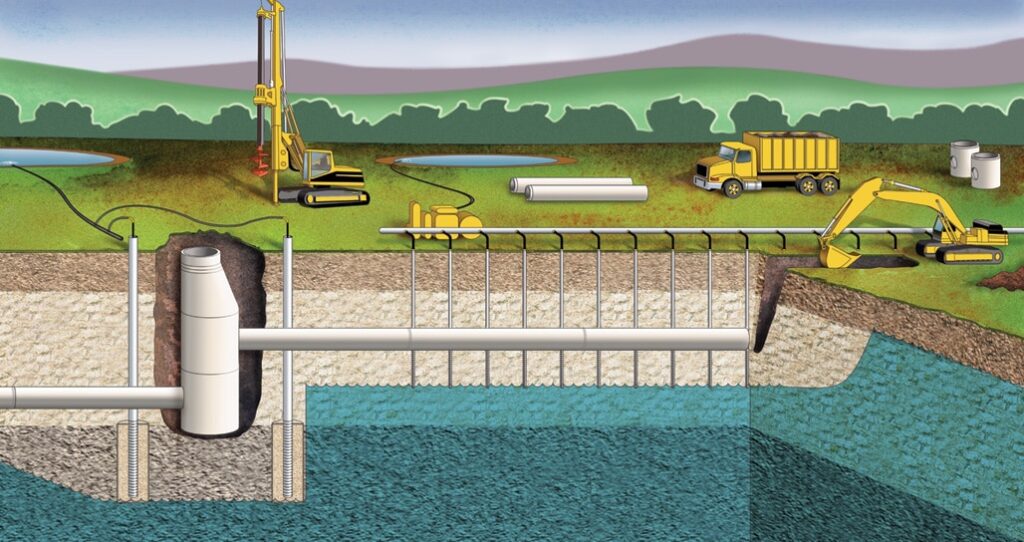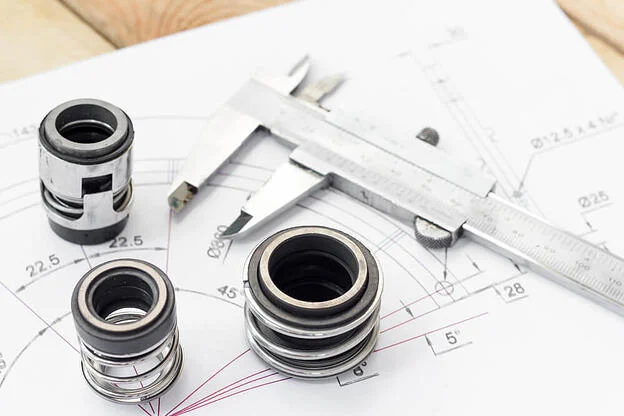
Dewatering pumps play an important role in managing water. In a variety of settings, these pumps ensure efficient water removal and prevent potential hazards related to water logging. Water Pump Dealers like VEMC have well-crafted pumps that are used to remove excess water from residential areas, industrial areas, mining operations, and other locations.
- Residential Applications
Dewatering pumps can help remove water from waterlogged compounds, yards, and gardens, as well as excess water in flooded basements and drainage areas. Excess water can cause structural damage and pose health risks and hence, must be removed quickly.
- Commercial and Industrial Applications
If you are on the lookout for commercial and industrial dewatering pumps and are searching for a Kirloskar water pump dealer, you are at the right place. As dealers in the water pump industry for nearly 7 decades, VEMC can certainly help. Industrial and commercial areas may face problems of excess water during mining and construction activities and require pumps to remove the water and keep work sites and excavation sites dry, so that employees are safe and project work can go on in a timely manner.
- Municipal Infrastructure
Industrial Water Pump Suppliers in Mumbai know the value of dewatering pumps in maintaining municipal infrastructure like stormwater drains, sewage systems, and treatment plants for wastewater. Pumps effectively manage water levels, safeguard infrastructure, and prevent flooding in low-lying areas. In cities, dewatering pumps are a necessity to prevent excessive waterlogging in the monsoon and reducing property damage as well as traffic disruptions.
- Disaster and Emergency Response
During emergency and natural disasters like floods, dewatering pumps become the go-to tools for the rapid removal of water. Flooding causes extensive damage to civic infrastructure and residential areas, posing a substantial threat to human life. Dewatering pumps mitigate damage and harm, and allows communities to recover from such events faster.
- Mining and Quarrying
In the mining/quarrying industry, water collection is a huge challenge, hampering operations and threatening worker safety. Industrial water pump dealers in Mumbai understand the vital role that dewatering pumps play to control water levels and keep quarries and mines dry for proficient mineral extraction. Pumps help to maintain a safe work environment and prevent costly delays because of flooding.
- Construction and Trenching
Industrial water pumps in Mumbai are available at some of the leading dealerships like VEMC, a solution provider to several local and MNC brands. VEMC understands that trenching projects and construction sites face groundwater issues that cause hindrances to project completion and risks the lives of workers. Dewatering pumps prove to be essential in the rapid removal of water, preventing the risk of accident and ensuring uninterrupted project work.
- Municipal Water Supply
Additionally, dewatering pumps play a notable role in municipal water supply functions, aiding in groundwater extraction for potable use of water. These pumps are often deployed in wells to access water from underground, ensuring a dependable water supply for people.
Conclusion
You can find some top-of-the-line Water Pump Dealers in Mumbai. For guidance and efficient and viable solutions, you can head to VEMC and contact us at +91 9819907445. We have several years of experience and knowledge to back us as far as dewatering pumps and related solutions are concerned.




